Do you have a question about the Cisco Aironet 1700 and is the answer not in the manual?
Guidance on selecting the appropriate Cisco Access Point model for specific needs.
Details on optional modules and ClientLink technology for enhanced performance.
Covers physical aspects, mounting hardware, and installation guidelines for APs.
Explores antenna choices, their radiation patterns, and external deployment strategies.
Details on 802.11ac and Wave-1 features for AP 3700 and AP 3600.
Guidance on selecting the appropriate Cisco Access Point model for specific needs.
Details on optional modules and ClientLink technology for enhanced performance.
Covers physical aspects, mounting hardware, and installation guidelines for APs.
Explores antenna choices, their radiation patterns, and external deployment strategies.
Details on 802.11ac and Wave-1 features for AP 3700 and AP 3600.
| Frequency Band | 2.4 GHz, 5 GHz |
|---|---|
| Antenna Type | Internal |
| Power Options | PoE, Power Adapter |
| PoE Support | 802.3af |
| Mounting | Ceiling, Wall |
| Wireless Standards | 802.11a/b/g/n/ac |
| Ethernet Ports | 1 x 10/100/1000BASE-T (RJ-45) |
| Form Factor | Ceiling mount, Wall mount |
| Wi-Fi Generation | Wi-Fi 5 |
| Operating Temperature | 0°C to 40°C |
| Security | WPA2, 802.1X |
| Data Rate | Up to 867 Mbps |
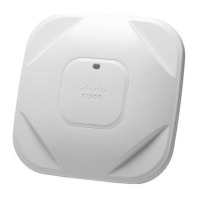
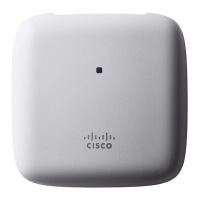

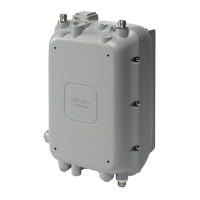

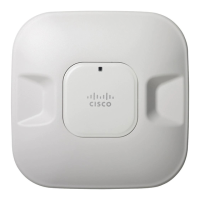
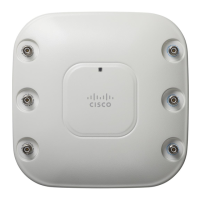


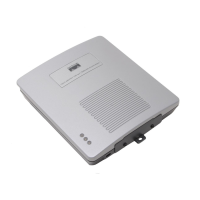
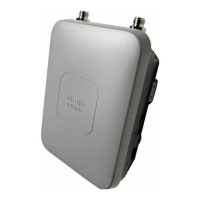
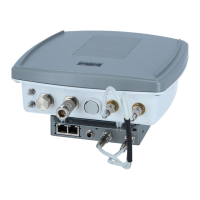
